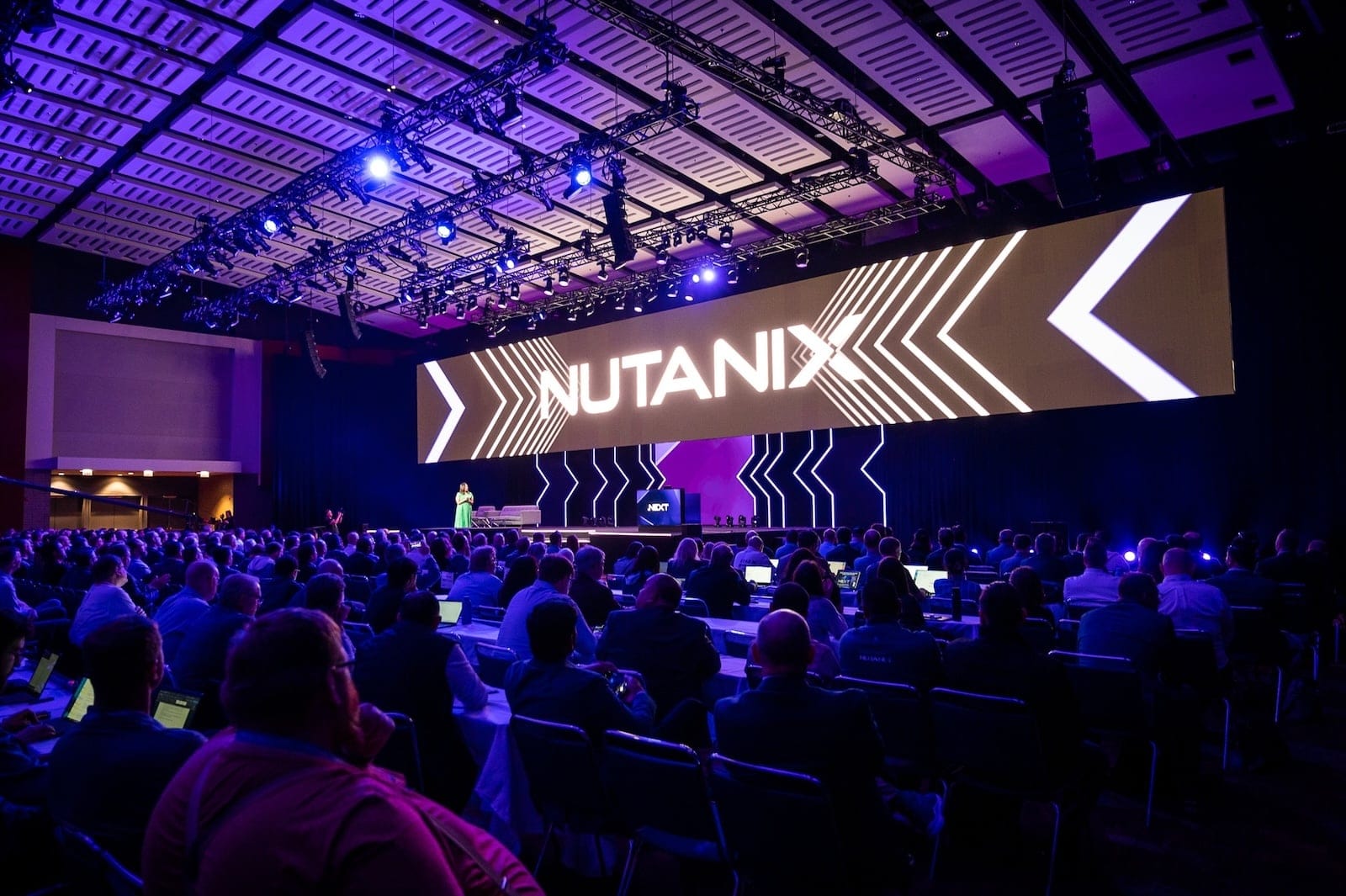The acquisition of VMware by Broadcom has shaken up the enterprise virtualization ecosystem. Many organizations are reevaluating their options, and in this context, solutions like Nutanix have gained prominence. Although Nutanix has been in the market for years with a strong hyper-converged infrastructure offering, its free edition, Nutanix Community Edition (CE), is now more relevant than ever.
In this article, we explain step by step how to install Nutanix CE, ideal for setting up a home lab or a proof of concept (PoC) without licensing costs. And the best part: it can even be deployed on a virtual machine.
What is Nutanix CE?
Nutanix Community Edition is a free version of their virtualization platform that allows you to experiment with AHV (Acropolis Hypervisor) technology, Prism Element, and other tools from the Nutanix ecosystem. Although it is limited to non-production environments and does not offer official support, it is perfect for learning and becoming familiar with the solution.
Minimum requirements to install Nutanix CE
- At least 3 virtual or physical disks:
- One for the hypervisor
- Another for the CVM (Controller VM)
- And one for data
- Virtualization enabled in BIOS or through the host hypervisor
- 64 GB of RAM
- Processor with VT-x/AMD-V support
- A single network card is sufficient
Step-by-step installation (summary)
- Download and preparation
From your account on the Nutanix website, download the Nutanix CE ISO and, if needed, drivers for Windows virtual machines. - Create the VM (in this example with VMware Workstation)
- Allocate 64 GB of RAM and 8 vCPU
- Create 3 virtual disks of at least 200 GB each
- Enable virtualization in the CPU section
- Install the system
When booting from the ISO, the installer will recognize the disks and allow you to assign:- Host IP
- CVM IP
- Subnet and gateway
After accepting the license, the environment installation begins. Once the installation is complete, it automatically reboots.
- Configure the cluster
From the CVM console (via SSH), run the command: bashCopyEditcluster -s 10.23.10 create --redundancy_factor=1Once complete, services can be checked with: bashCopyEditcluster status - Additional settings
Add DNS, NTP, and the cluster’s external IP withnclicommands, such as: bashCopyEditncli cluster add-to-name-servers servers=10.23.1.1 ncli cluster set-external-ip-address external-ip-address=10.23.1.12 ncli cluster set-name name=cluster-tig23 ncli cluster add-to-ntp-servers servers=150.214.94.5 - Web access
Access the Prism web console athttps://, where you can log in with:9440 adminand the default passwordnutanix/4u, which you should change on the first login.
What can you do with Nutanix CE?
Once installed, Nutanix CE allows you to:
- Create and manage virtual machines
- Configure distributed storage
- Explore Prism Element (node management)
- Add more nodes to create actual clusters
- Install Prism Central and expand management capabilities
Conclusion
Nutanix CE is a powerful tool for any IT professional looking to learn about hyper-converged environments or explore alternatives to VMware. Although it is not meant for production environments, it allows you to understand firsthand how Nutanix works and prepare for certifications or real deployments.
In future videos and articles, we will explore how to deploy more services, work with Prism Central, and analyze the performance of this environment even on modest hardware.
Are you excited to try Nutanix CE? Are you already using it in your lab? Share your experience with us!


